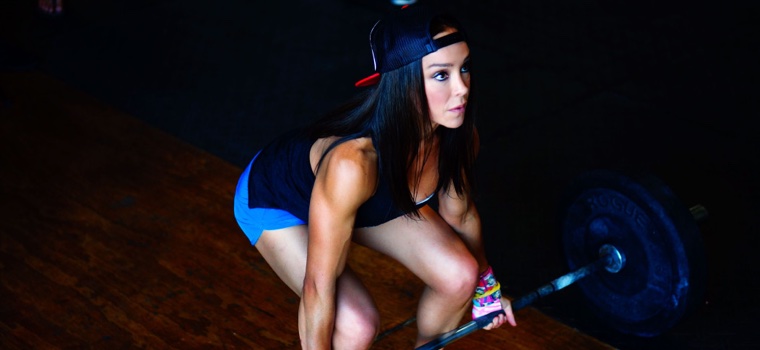
Deadlifts may not seem sexy compared to other methods of strength training. After all, you’re basically just picking up something heavy, and setting it back down. Now repeat.
I for one love deadlifts. You feel like a badass after making it through your sets, even if you’re working hard to get them done. Or maybe because it was hard.
That’s likely because in addition to hitting your hamstrings, glutes, low back, and upper back, deadlifts are a total body workout all in one. Plus, you’re building functional strength that helps you in real-world situations, such as “carrying groceries, picking up someone who fell, or helping a friend on moving day.”
Deadlifts do a body good
Since we’re all losing muscle as we age, strength training is a must. And deadlifts bring outsized benefits, including:
- Building serious strength: If you’re looking for one exercise to help you get stronger all over in a useful way, you can’t beat deadlifts. And since they work your core, your abs are looking good, which is nice.
- Improving your posture: Many of us have spent decades hunched in front of a computer, and our posture suffers from it. You’ll walk more upright and sit without rounding your shoulders thanks to deadlifts.
- Helping prevent injury: You might be wary of deadlifts out of fear of injuring your lower back due to poor form. But studies show when deadlifts are done correctly, low-back pain can actually be reduced, while also preventing injury in other muscle groups that usually get ignored.
Put a hex on yourself
If you’re just getting started with deadlifts in your 40s or 50s, concern for your lower back is legitimate. Last fall I managed to strain my lower back doing deadlifts shortly after returning to strength training at age 51.
Normal deadlifts are done with the same type of barbell you would use for bench press or squats, which puts the weight in front of you and can lead to back strain for beginners. I now use a hexagonal bar that you step in the middle of — it keeps the weight closer to your center of gravity and allows you to remain more upright during the movement, which decreases the risk of injury to the lower back.
The good news is that studies show hex bar deadlifts are likely just as effective as the barbell method, and may allow you to lift heavier weights. Plus, you’re getting more of a quadricep workout than barbell deadlifts provide, which is helpful if you’re not including squats or leg press in your routine.
- 7 Reasons You *Need* to Be Doing Deadlifts (Greatist)
- Hex Bar Deadlifts vs. Barbell Deadlifts (Livestrong)
